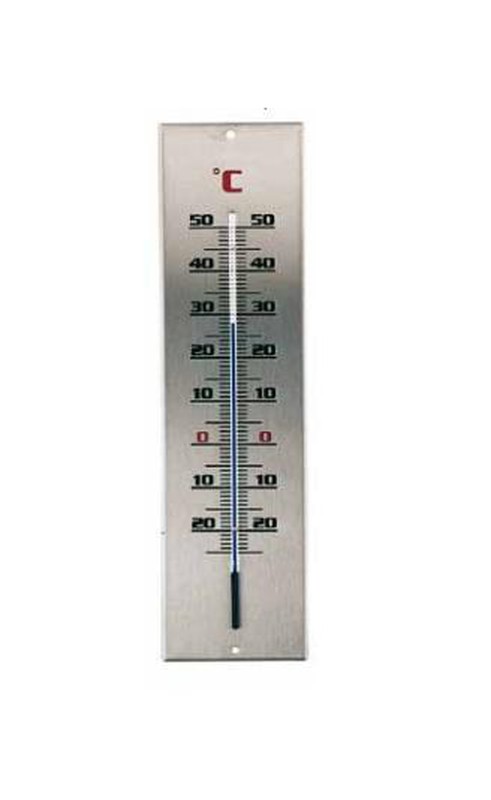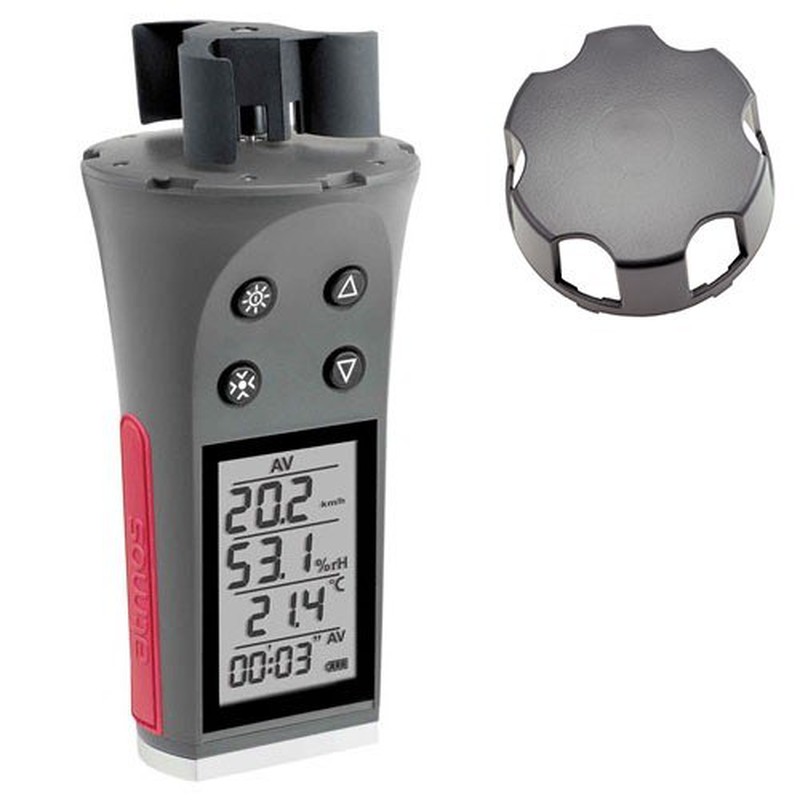FAQS Weather
Frequently asked questions on weather observation

1- Where should I locate the thermometer?
Always in a place in the shade or well protected from solar radiation by a sentry box. Indoors it should be away from heat or cooling sources.
2- Mercury or alcohol?
Mercury is currently out of European regulations and is already discontinued. Only the option of alcohol thermometers remains.
3- Analog or digital?
It is a choice more aesthetic than functional and even more personal or traditional. It must be known whether the digital or analog thermometer can be located outdoors or not.
4- Are the sensation temperatures, are they temperatures?
No, they are indices that are obtained by formulation, mixing other variables such as wind, humidity, etc ... We include hot flash temperature or windchill.
1- Where should I locate the rain gauge?
In the most open place possible and completely level. Away from trees, walls and walls. If it can be at a height of 1.5m.
2- In mm or l / m2?
The two units are exactly the same, equivalent.
3- Could it be that a digital rain gauge is different than an analog one?
Yes, at high or very high rainfall intensities, digital rain gauges tend to have rocker collapse limitations, and they can score less. Only professional digital weighing or rocking scales are better designed for these cases.
4- How do we measure solid precipitation?
It is a big problem, because the rain gauges are not capable of measuring snow or hail. In manual rain gauges this precipitation must be measured by melting the snow or hail with a known volume of hot water and then subtracting it from the total. In digital rain gauges the most efficient solution is heated rain gauge heating.
1- Where should I locate the anemometer?
In a high and clear place, preferably at a height of 10m above the ground. Without excessively close walls, walls, trees.
2- Do all anemometers measure the same?
No, the measurement of current and maximum streaks depends on the anemometer measurement interval, the shorter the interval we will record higher streaks. The most common are measurements between 1 and 3 seconds
3. How should we install the weather vane?
In digital anemometers, when the sensor is connected, the vane must always be installed facing north.
4- Until which streak can we measure?
Non-professional anemometers operate at maximum speeds below 150km / h. Professional anemometers can measure up to 300km / h.
1- Where should I locate the barometer?
It is indistinct, both indoors and outdoors. If the barometer is made of wood or material sensitive to the outside, it is recommended to have it indoors.
2- hPa, mBar or mmHg?
Hectopascals or millibars are equivalent units. mmHg is an older unit of measurement, related to mercury column barometers. 760mmHg = 1013hPa / mBar
3- How to calibrate a barometer?
The barometer should always be calibrated at the installation site. It should be calibrated using official meteorological stations and it is recommended to always calibrate it using the reduced pressure at sea level as a reference. In the back there is a small screw, which we will turn delicately right and left, with a spade tornavis.
4- When to calibrate a barometer?
It is recommended to calibrate a barometer with "good weather", or rather with anticyclonic weather or in seasons with very little pressure variation.








Opinions of our clients
Receive our news